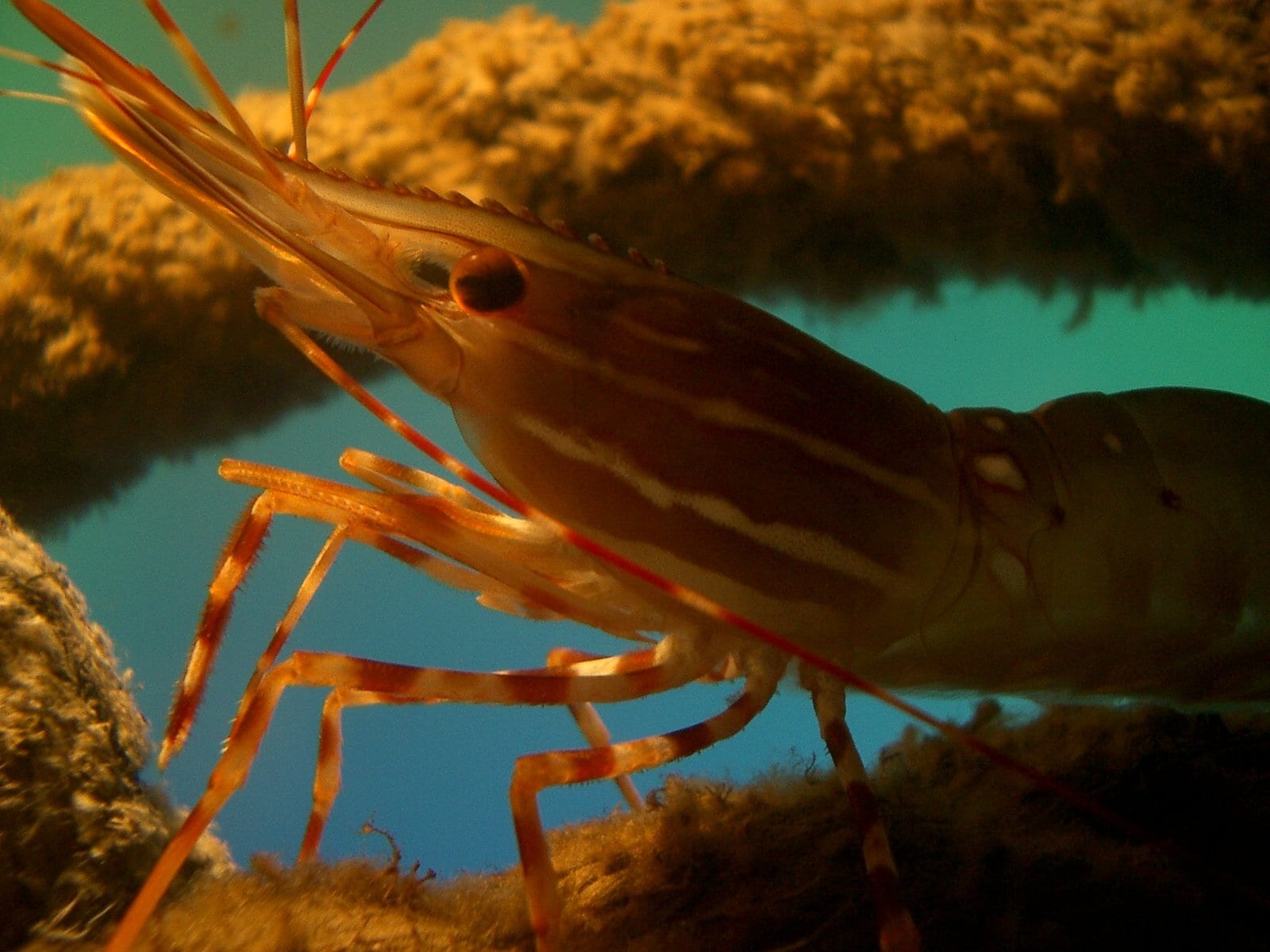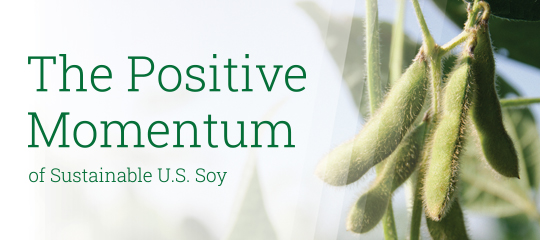
Continuing with remote technical support in limited times of technical field visits due to the COVID-19 pandemic, USSEC provided remote training for ARECA customers in the shrimp industry. ARECA is one of Guatemala’s main aquafeed mills. USSEC addressed two specific issues: the biofloc system and the C:N (Carbon-Nitrogen) ratio in shrimp production.
USSEC aquaculture consultant Dr. John Hargreaves, together with Jairo Amezquita, USSEC Aquaculture Program Manager for the Americas, presented two lectures, Aquaculture Overview and Shrimp Production under the Heterotrophic System, to participants. The successful virtual conference brought together 39 producers to discuss key issues related to shrimp production under this system, shrimp feeding practices, the use of soy, and the U.S. Soy Advantage.
Dr. Hargreaves provided technical virtual support which presentation broadly addressed the shrimp sustainable production in this kind of system of biofloc. Topics included a Biofloc system overview with emphasis on ammonia control by C:N manipulation; probiotics and fermented supplements and recirculating shrimp pond systems.
The main general recommendations shared:
- Biofloc systems must be “forced” into a heterotrophic mode by regular and ongoing carbohydrate additions. Nitrification is the ammonia removal mechanism that develops naturally and is most important in mature pond water. Avoid direct carbohydrate additions. Ferment carbohydrates before adding to pond water.
- Probiotics in feed (especially Lactobacillus) and feed additives (especially gut acidifiers) can increase shrimp resistance to bacterial diseases.
- Attempts should be made to develop and reuse mature water. Minimize water exchange rate (1-3%/d) but maximize water recirculation rate (30-50%/d).
- Configure farm into modules with components to treat solid and dissolved wastes using design principles from wastewater treatment. Include filter-feeding fish in the treatment system.
USSEC Americas will continue to work to incorporate teleconferencing approaches so that key experts are able to reach target audiences remotely. While the ideal situation for technical and business service is and will continue to be physical meetings, USSEC adapted to continue working with the industry in the best possible way. In this way, USSEC will continue promoting the use of U.S. Soy in aquaculture diets as the most sustainable vegetable protein in the world.



